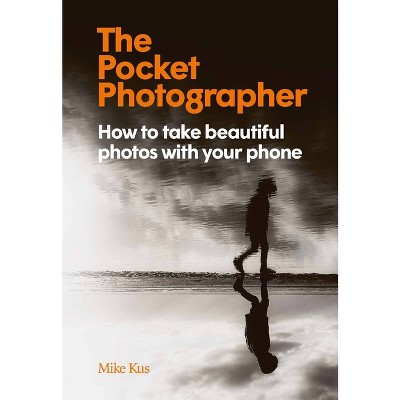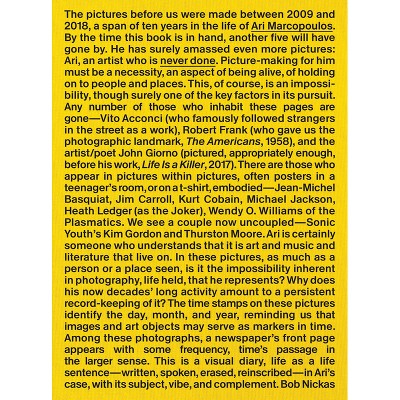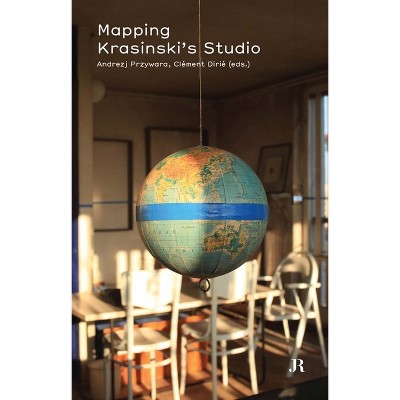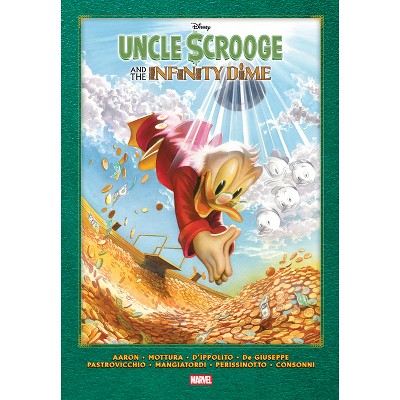Sponsored

Carl Cheng: Nature Never Loses - by Alex Klein & Jennifer Krasinski (Paperback)
$60.00
Pre-order
Eligible for registries and wish lists
Sponsored
About this item
Highlights
- Cheng's genre-defying practice challenges our perceptions of environmental change and the role of technology in societyPublished with The Contemporary Austin.
- Author(s): Alex Klein & Jennifer Krasinski
- 448 Pages
- Art, Individual Artists
Description
Book Synopsis
Cheng's genre-defying practice challenges our perceptions of environmental change and the role of technology in society
Published with The Contemporary Austin.
Carl Cheng (born 1942) first developed his art practice in Southern California in the 1960s amid a booming postwar aerospace industry, political unrest and an interdisciplinary art scene. In 1966 he incorporated his studio as John Doe Co., and from then on created sculptural "products" that reflect his conception of technology as an artistic tool. Originally recognized for his photographic sculptures, his inventive lexicon includes "art tools" employed in the production of ephemeral artworks, "nature machines" that anticipate an artificial world shaped by humans, kinetic installations and public art intended to reach broad audiences and question the relevance of art institutions.Nature Never Loses surveys six decades of Cheng's prescient, genre-defying work and accompanies the eponymous traveling exhibition organized by the Contemporary Austin. It is the definitive guide to Cheng's career, including a detailed overview of his most impressive works and an abundance of never-before-seen archival material.
Dimensions (Overall): 12.5 Inches (H) x 8.75 Inches (W)
Suggested Age: 22 Years and Up
Number of Pages: 448
Genre: Art
Sub-Genre: Individual Artists
Publisher: Jrp Ringier
Theme: Monographs
Format: Paperback
Author: Alex Klein & Jennifer Krasinski
Language: English
Street Date: December 9, 2025
TCIN: 94289055
UPC: 9783037646205
Item Number (DPCI): 247-03-8194
Origin: Made in the USA or Imported
If the item details aren’t accurate or complete, we want to know about it.
Shipping details
Estimated ship dimensions: 1 inches length x 8.75 inches width x 12.5 inches height
Estimated ship weight: 1 pounds
We regret that this item cannot be shipped to PO Boxes.
This item cannot be shipped to the following locations: American Samoa (see also separate entry under AS), Guam (see also separate entry under GU), Northern Mariana Islands, Puerto Rico (see also separate entry under PR), United States Minor Outlying Islands, Virgin Islands, U.S., APO/FPO
Return details
This item can be returned to any Target store or Target.com.
This item must be returned within 90 days of the date it was purchased in store, shipped, delivered by a Shipt shopper, or made ready for pickup.
See the return policy for complete information.

















